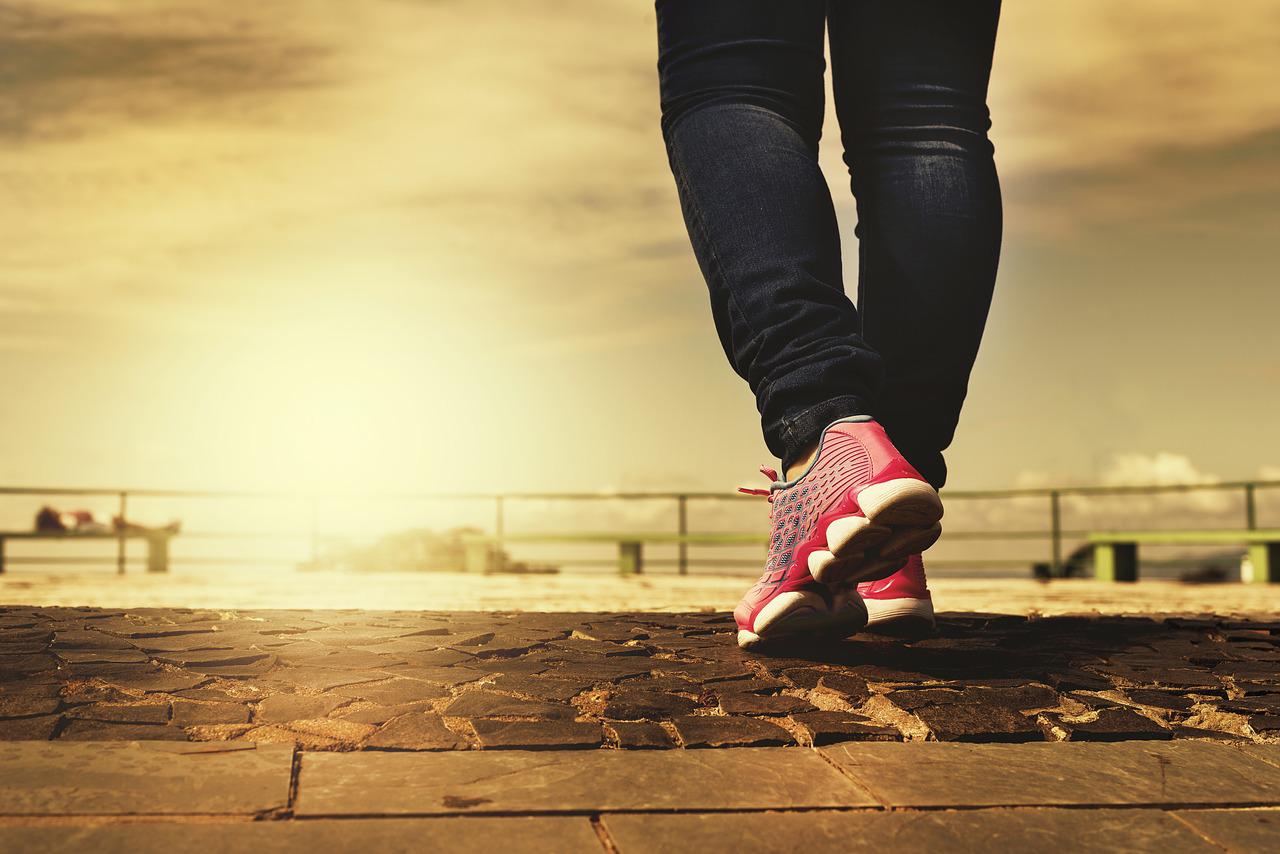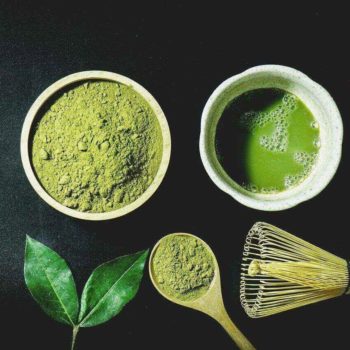10 Steps to Weight Loss

There are more than 10 steps to weight loss, it is a continual process with many small moments each day. But this article will provide you with 10 of the most important steps to losing weight while preserving muscle mass, staying healthy, and staying happy and motivated.
10 Steps to Weight Loss
Here are ten steps to weight loss, most of which you can start following today! Hopefully, you will see that breaking down the complex topic of weight loss into small bite-size steps makes the whole journey seem easier.
Step #1 Create Sensible Goals
The first thing to do is to decide how much weight you need to lose (don’t be overambitious), and what is a realistic timeframe to do this in. A realistic goal would be to lose 0.5 kg per week, for a total of 6 kg within 12 weeks. This goal is achievable, sensible, and will keep you motivated throughout.
By the end of the three-month training period, you will have lost 6 kg of body fat and will be ready to tackle the next goal. To learn more about sensible goal setting, check out our article on staying motivated while burning fat.
Creating unreasonable or poorly defined goals is likely to cause poor results, stagnation, and a loss of motivation. If the goals are too easy to achieve or (more commonly) too hard, you may find it hard to stay motivated.
Step #2 Walk More
No, you don’t need to walk 10,000 steps per day. This target is completely arbitrary and has no scientific basis. But, walking more steps per day than you normally do can actually make a big difference to your metabolism. Particularly if you usually walk very little.
Studies have shown that walking at a moderate intensity is just as effective as running when it comes to reducing your risk of cardiovascular disease, hypertension, and diabetes [1]. If you have any mobility issues, or you don’t live near enough to a fully stocked gym, then walking is a great way to kick off your weight loss journey.
Find ways to add walking into your daily routine:
- Choose the stairs instead of the elevator
- Park your car a little further away than usual
- Ditch the car for short journeys
- Take the dog for a longer walk
- Vacuum your house to increase step count
- Put on your headphones and use walking as a leisure activity
This form of exercise can feel almost glacial when it comes to seeing results, but it is accumulative. Walking more will raise your daily energy expenditure, and over time it will lead to significant weight loss results.
Step #3 Eat More Protein
Following a high protein diet is a really sensible decision for anyone trying to lose weight. There are three main reasons for this:
- High protein diets are satiating, allowing you to feel full during a calorie deficit
- Protein can improve recovery and muscle gain while working out
- Protein can also protect your muscle mass during a long-term diet
There is a lot of scientific evidence that supports the use of a high protein diet. A 2020 study in the Journal of Obesity & Metabolic Syndrome found that:
“In conclusion, HPD is an effective and safe tool for weight reduction that can prevent obesity and obesity-related diseases.”
Moon & Koh (2020) [2]
But it shouldn’t just be protein from animal sources, it should come from both animal and plant-based protein foods. This is because a diet that is very high in meat can also be high in saturated fat and may cause kidney issues.
“Whereas diets high in protein have considerable beneficial effects on satiety and weight control, which is of great interest to e.g. obese individuals, there are some caveats to high protein diets such as increased acid load to the kidneys or high fat content of animal proteins. Awareness of these caveats enables individuals choosing to consume a high-protein diet to get the most benefit from it.”
Pesta & Samuel (2014) [3]
High protein diets work best when they are combined with an effective exercise program. The two have a synergistic relationship, the more you exercise the more protein you require, and the more calories you burn.
“Combined high-protein diet and exercise intervention significantly decreased fat mass and improved lipid profiles, insulin sensitivity, glucose tolerance, and inflammation in middle-aged adults with obesity.”
Chiao-Nan et al (2021) [4]
Increasing your protein intake is all about making strategic changes to your main meals and snacks. If you usually have a bowl of cereal with milk for breakfast, then swapping this for a high-protein Greek yoghurt is a great way to increase your daily protein intake without any hassle.
Swapping your regular chocolate bar for a protein bar is another option. Searching out high-protein dinners and expanding your repertoire in the kitchen is perhaps the best way to increase your overall protein intake. You could also consider a meal replacement shake such as Instant Knockout Complete (see below).
Step #4 Eat More Fibre
Alongside protein, a high-fibre diet is another successful way to lose weight. Eating foods that are high in fibre has many health benefits, but it can also help you to feel less hungry while in a calorie deficit. Increasing your chances of succeeding with the diet long term.
Many fitness influencers preach the benefits of a low-carb or even a zero-carb (Keto) diet, but the truth is that fibre is highly effective at improving your weight management and providing multiple health benefits.
Eating a diet that is high in fibre is associated with healthy gut flora and appetite regulation. Fibre can actually help you to feel less hungry and reduce your likelihood of overeating [5]. It can also reduce inflammation, and help with digestion and absorption. High fibre diets also help to lower cholesterol and reduce your risk of cardiovascular disease.
A 2015 study in the British Medical Journal found that a diet that encourages you to consume 30 grams of fibre per day is more effective when it comes to weight loss than more complicated diets [6]. There is a logic to this, by searching for higher-fibre foods you are likely to choose healthier options without really thinking about it. You are also likely to avoid unhealthy lower-fibre options when you have a choice between the two.
Step #5 Stay Hydrated
There is sufficient evidence that staying hydrated will help you to lose weight, but the mechanism for this isn’t certain. One theory is that staying hydrated can help to increase your metabolism by expanding the volume of your cells [7]. A higher metabolism makes weight loss easier.
Drinking water can also help to suppress appetite. A 2016 study in the European Journal of Nutrition found that participants who drank water before a meal consumed 22% fewer calories than those who drank nothing [8].
Drinking water instead of high-calorie drinks is another way of easily reducing your energy intake. Many people who switch sugary drinks for water see a significant drop in weight over time as they could be saving 100-500 calories per day!
Step #6 Use Meal Replacement Shakes
Many people who struggle to lose weight usually have one or two meals that they don’t have time to properly prepare. Usually breakfast or lunch. A lack of time, poor access to facilities, or not knowing what foods to eat/avoid can leave people overeating.
Meal replacement shakes such as Instant Knockout Complete have been repeatedly shown to increase the long-term success rates of diets. They are effective at providing short-term weight loss, as well as long-term weight loss [9]. This is due to several factors, MRS diets are:
- Simple to follow
- Easy to do
- High in protein
- High in fibre
- Packed full of nutrients
- Calorie controlled
They also encourage you to drink more water and can fit in well with a healthy diet. Because your lunch (or whichever meal you replace) is made so quickly it frees you up later in the day to spend a little more time cooking healthy food.
Step #7 Add More Fruit & Vegetables
There are many reasons why you would want to add more fruit and vegetables into your diet. They are an excellent source of fibre, filled with vitamins and minerals, and are associated with a reduced risk of many diseases and illnesses.
Fruit and vegetables are also nutrient-dense rather than calorie-dense. Meaning that you can eat a lot of spinach (for example) and get a lot of nutritional goodness from it while only consuming a few calories. The opposite example would be chocolate, which contains lots of calories in a small serving (calorie-dense) while not providing you with many nutrients.
Step#8 Use a Fat Burner
Using a fat burner works best when it is integrated into an already-effective weight loss program. You can’t eat 50 Big Macs and then take a fat burner and expect great results. But add the metabolism-boosting and appetite-suppressing ingredients of an effective fat burner such as Instant Knockout Cut to a highly effective fat-burning program and your results will be boosted.
Using ingredients such as cayenne pepper seeds, caffeine, and green tea extract can help to keep your metabolism high during a diet. While ingredients such as glucomannan can help to keep you feeling full after a meal, reducing the likelihood of snacking or overeating.
Step #9 Follow a Strength Program
One of the best ways for someone to initiate a weight loss program is to start building muscle. Not only will the workouts help to create a calorie deficit, but the more muscle mass you have, the higher your metabolic rate will be.
Strength training can also help you to sleep better, it can help regulate your hormones, and it can improve mood/lower stress. All of which can lead to appetite regulation and weight loss in the long term.
Step #10 Add Some Cardio to Your Routine
While many people now claim that strength training or the simple act of walking is best for weight loss, traditional cardio (running, cycling, swimming, sports) is still an incredibly effective way to burn a lot of calories in a short period of time. High-intensity interval training (HIIT) can outperform any other exercise when it comes to burning lots of calories in a short space of time.
Whereas long runs tend to have a higher total calorie burn, as you are burning calories for 60+ minutes. Cardio is also easy to master, requires little equipment, and can be performed by people with mobility issues (if you include cardio machines such as cross-trainers and exercise bikes).
10 Steps to Weight Loss: Final Thoughts
So there you have it, 10 steps to weight loss, all of which are easy to pick up and start as soon as possible. Of course, you don’t need to perform all ten straight away. Pick 4-5 of them, and you can add in more as you go along.



